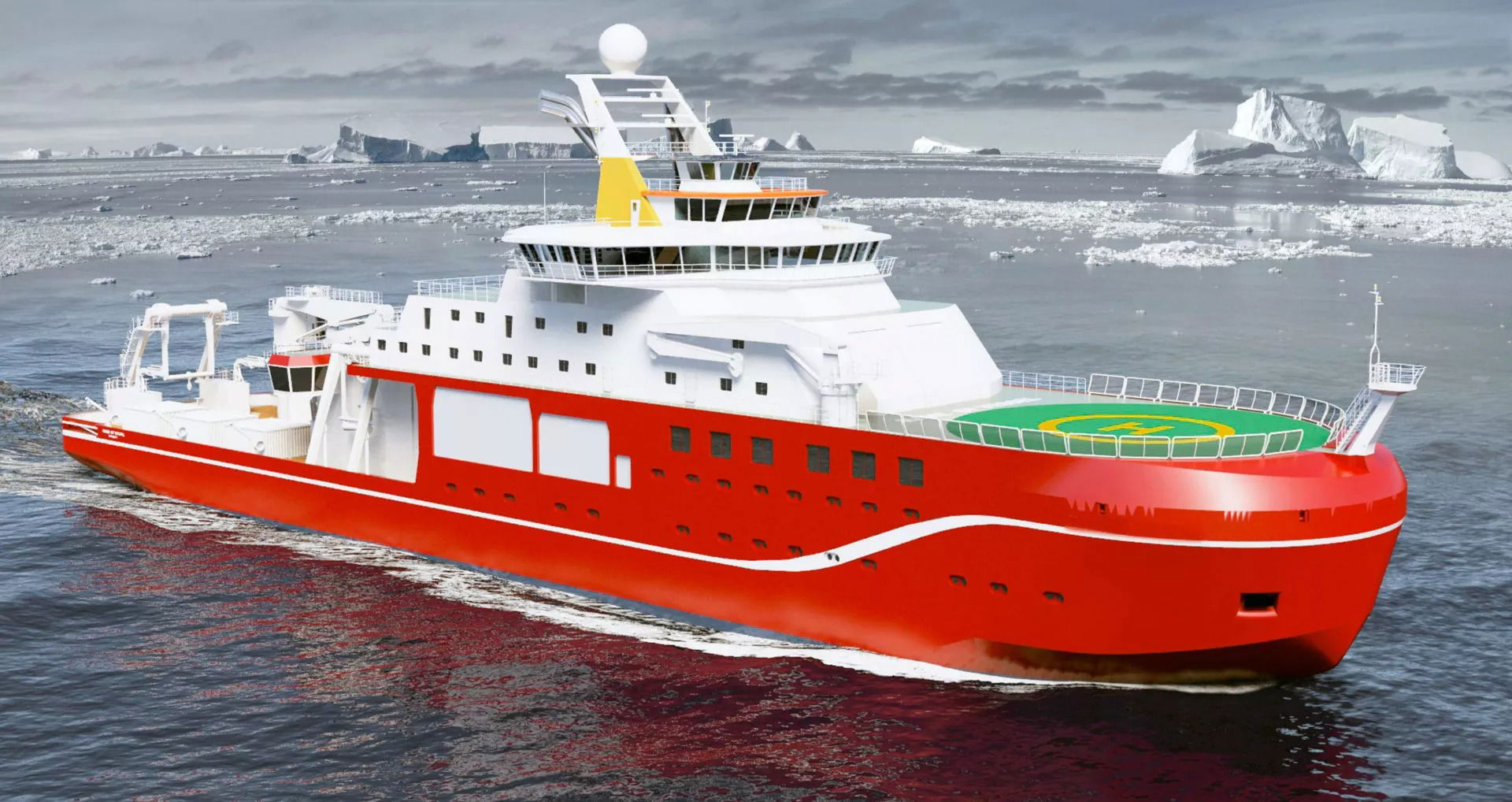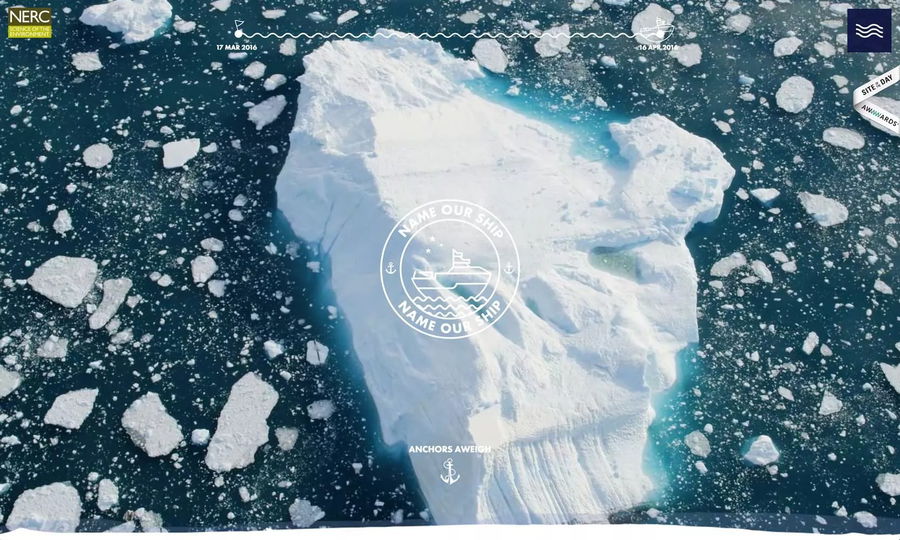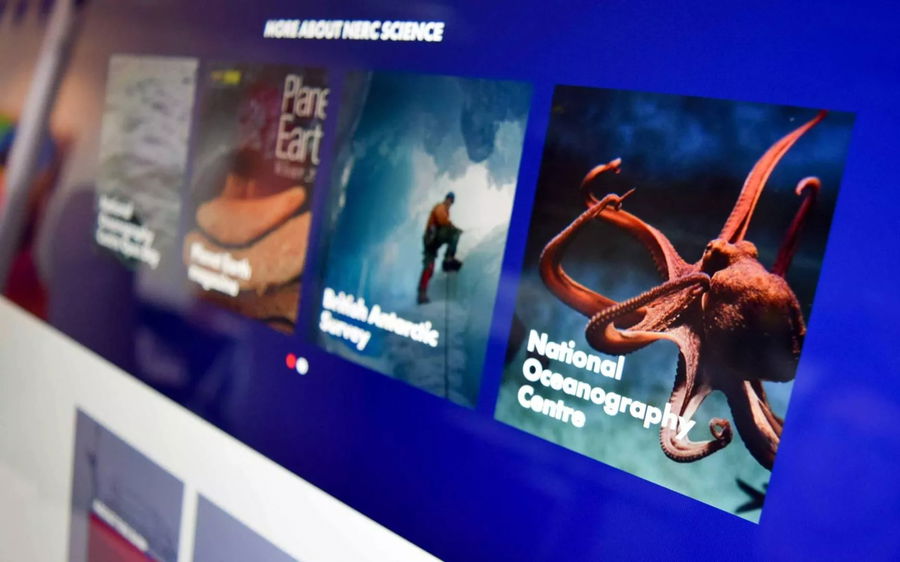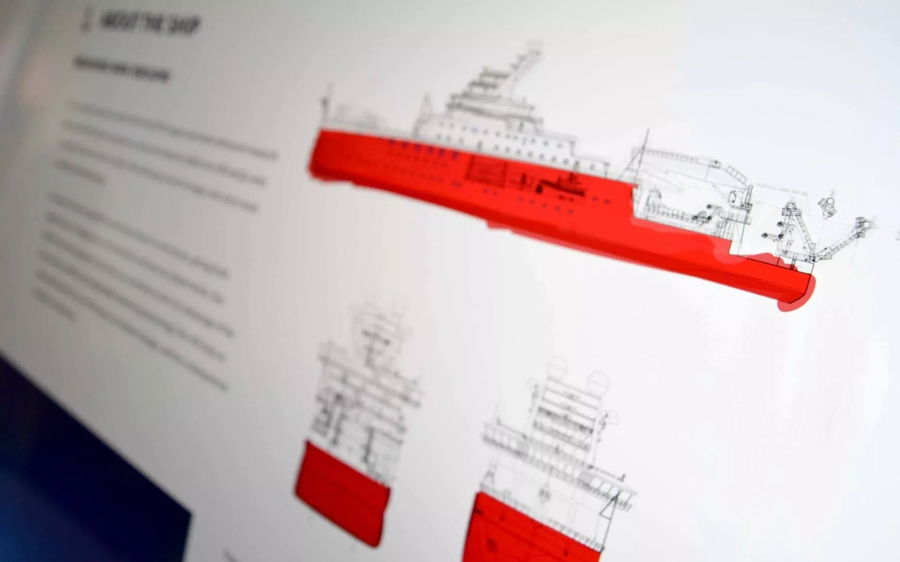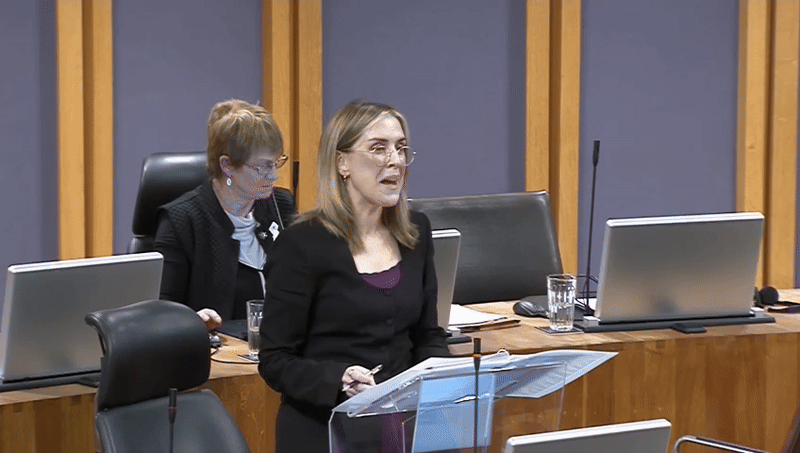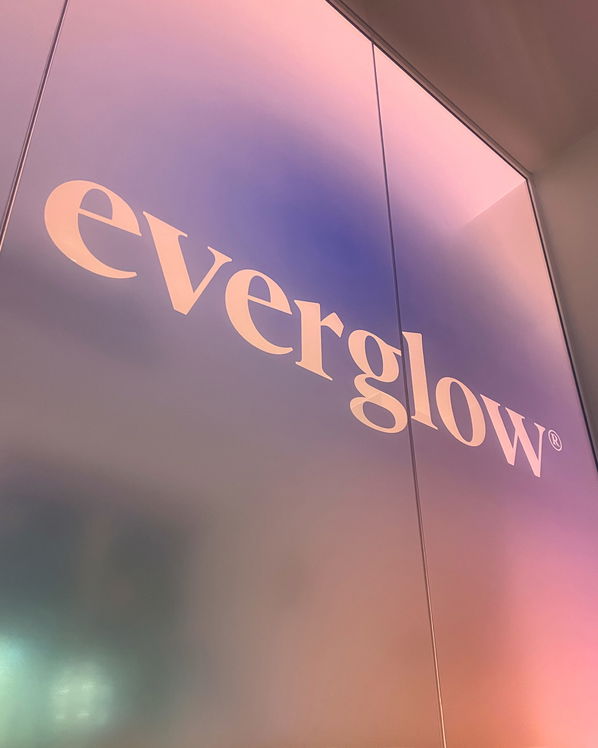All aboard! Helping name the UK’s newest polar research ship

When this was published, we were Blue Stag. Today we’re Everglow ✨ Read the rebrand story
We have joined forces with the Natural Environment Research Council (NERC) on a nationwide mission with a simple but exciting challenge – to help the UK’s brand new polar research vessel find its name.
This £200 million ship is no ordinary vessel. Built to cut through ice and weather the world’s harshest seas, it will carry scientists to the Arctic and Antarctic to explore the frontlines of climate change, study extraordinary wildlife, and unlock the secrets of our planet’s most remote places.
Before it embarks on its first mission, it needs a name. That is where you come in.
We supported NERC in bringing this campaign to life, helping to share their mission with as many people as possible. The aim is to raise awareness of the ship, its role in advancing natural science, and the importance of polar research. A key part of this is the campaign microsite, where anyone can suggest a name or vote for their favourite from the growing list of ideas. It is designed to make it simple for people across the UK to take part in this unique moment in science history.
The campaign runs until 16 April, so there is plenty of time to get creative. NERC will review the suggestions, select a shortlist, and choose a final name that reflects the ship’s purpose and legacy.
Got an idea? Head to the microsite and submit it. Your inspiration could be sailing to the ends of the Earth.
